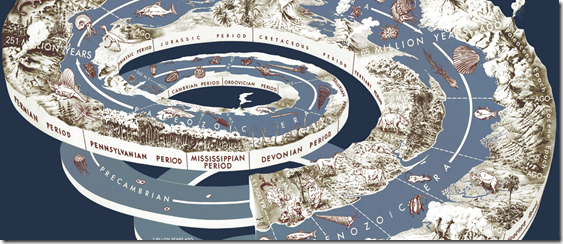This past Wednesday, @FlatFootFox and I went to see Alton Brown at one of his Edible Inevitable shows, and I can say without a doubt that it was amazing. It was like a real-time mash up of Good Eats, Iron Chef: America and just a dash of Cutthroat Kitchen attitude. There was science, music and food all wrapped up in an experience that I won’t soon forget. I’m hoping that in the next few days I can write up a more detailed blog post about the whole show.
But there was one small piece that I didn’t completely agree with.
Mr. Brown was running through a list of things that he was “pretty sure” he knew about food. One of those items essentially boiled down to “vote on food policy with your money”. There are a lot of options at the supermarket, each with varying degrees of controversy behind them — organics, GMOs, buying local, etc.
The government, he declared, is the wrong method for figuring out the policy surrounding these issues. And to a degree, I would agree with that. No one would argue that the government is a model for efficiency. Nor would anyone argue that the government generates concise, straightforward rules. In fact, as someone who struggled through the process of becoming an American citizen, I can speak to the convoluted process that had been put into place — a process that was frequently a black box, with no real indication of how far along I was in the process or when the next steps would occur.
As an alternative, Mr. Brown suggested voting with your money. For one supermarket trip, watch as your groceries cross over the scanner, counting out your cash for each item. Pretend that each dollar is a vote. Because companies listen to money, and decisions will be made on these hot-button food policies based on how well they do in the consumer market.
Again, it was an argument that I don’t completely disagree with. But there are two issues with this line of thinking that are difficult to ignore:
1. Everyone is guaranteed a vote, but no one is guaranteed a dollar. The promise of democratic government is that it gives us all a voice. Even if we have nothing else, we can help build our society in positive ways. Of course, we can’t ignore the fact that we live in a capitalist economy, and money does have a certain amount of influence. The things that we buy support the companies and services behind them. Unfortunately for a lot of these food policies, though, they aren’t cheap. Organic, hormone-free, local foods are often significantly more expensive than conventional food of the same type. If you’re already limited in resources, paying extra to support better quality food just isn’t an option.
2. It’s difficult to vote when you don’t know how your vote is being cast. It’s easy to say “if you don’t want GMOs in your food, then don’t buy food with GMOs”, but it’s difficult to actually do that if you don’t know what food has GMO ingredients. Attempts to try and get labeling in place have been an uphill battle. So even if you have the means to support certain foods, it may still be difficult or impossible to actually find the products you want to support.
I’m not saying that government regulation is the complete answer. In fact, government regulation is partly to blame for the overabundance of corn syrup and highly processed food that litter supermarket shelves these days. But left to their own devices, companies are going to gravitate toward cheap solutions in order to maximize profits — solutions that may not have their customers’ best interests at heart.
If the government was able to level the playing field — allow more Americans to buy the food they actually want rather than make do with subsidized, highly-processed garbage — then that might be the best compromise. But I don’t see a way for pure consumer spending — or pure government oversight — to successfully bring better food to everyone.
 Question: What is a review?
Question: What is a review? 
